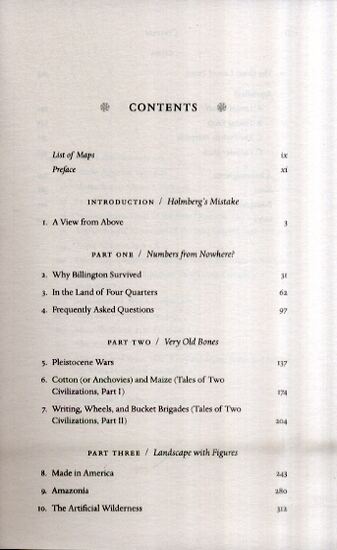
He makes a strong case for the idea that the “little Ice Age” of 1550 to 1750 was caused by these deaths: With a large drop in the human population in the Americas, there were fewer people to set the forest fires routinely used to clear land, and thus fewer greenhouse gases were released into the atmosphere.

He places what he learned into a broader context, with an emphasis on the remarkable facts he learned along the way and on the ways in which this new outlook on history undermines the commonly accepted view.Īccording to Mann, a vast change began in the 16th and 17th centuries, one that led to the Earth being transformed from two main ecological zones into one, and leading to an era that he terms “the Homogenocene.”ĭuring this period, “the viruses that cause smallpox, influenza, hepatitis, measles, encephalitis and viral pneumonia the bacteria that cause tuberculosis, diphtheria, cholera, typhus, scarlet fever and bacterial meningitis” were introduced to the Americas, together causing the deaths of three-quarters or more of the people in the hemisphere.

He borrowed it from a relatively obscure term coined by geographer Alfred Crosby in 1973 and here expands on Crosby’s ideas, drawing on the researchĪnd accounts of hundreds of others of scientists and historians. The Columbian exchange purports that plants, animals, insects, microorganisms - and people - from Europe, Asia and Africa were spread throughout the Americas and vice versa. Here, he analyzes the effects of the “Columbian exchange,” which is, to ecologists, “arguably the most important event since the death of the dinosaurs.”

In his previous 1491, journalist Charles Mann looked at the world of the Americas before Europeans had ventured to the continents.

The answer is more surprising and far-reaching than most readers would suspect. As its title suggests, 1493 examines how the world changed after Christopher Columbus “discovered” America.


 0 kommentar(er)
0 kommentar(er)
